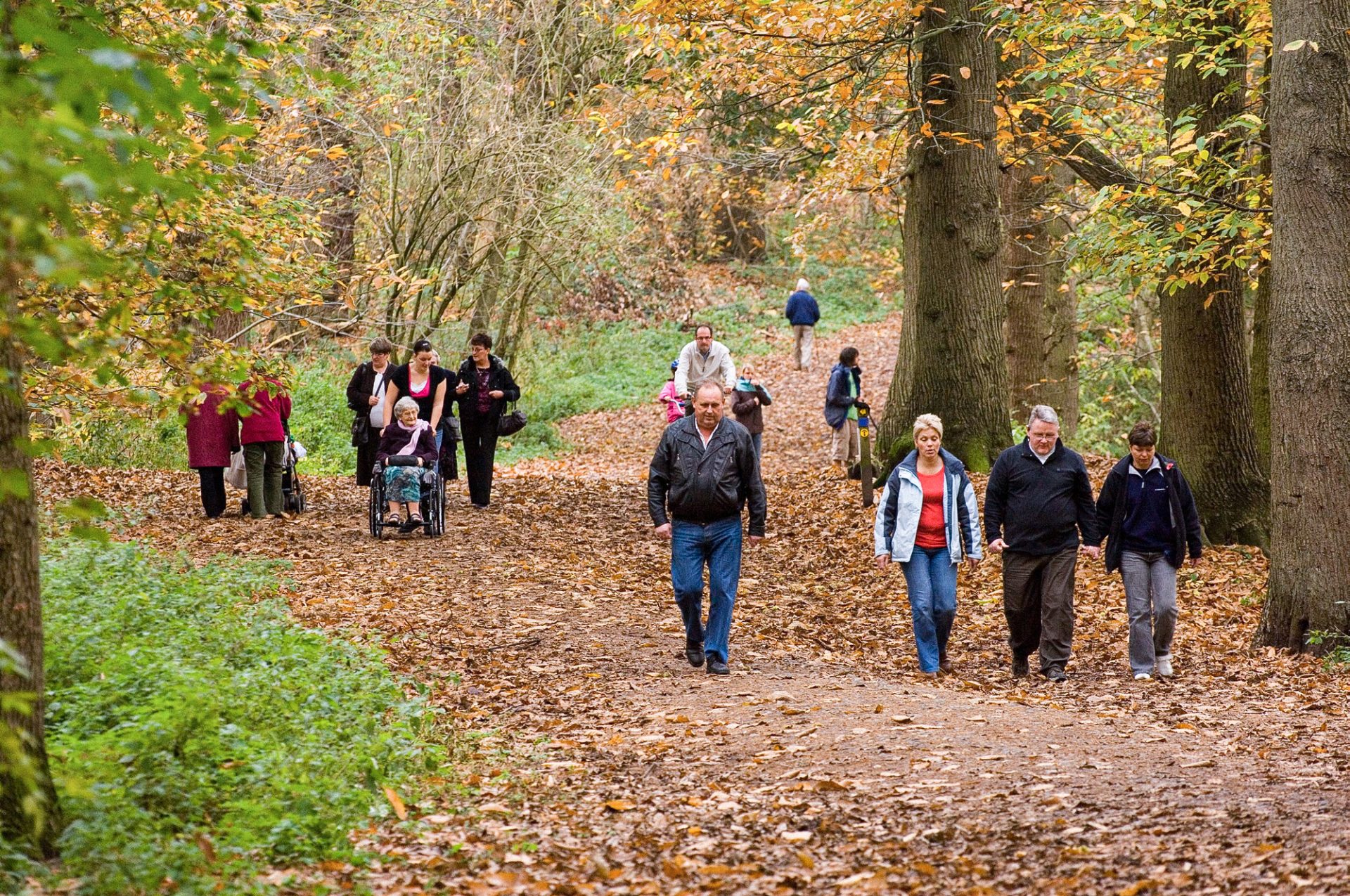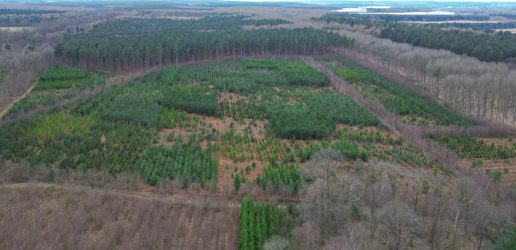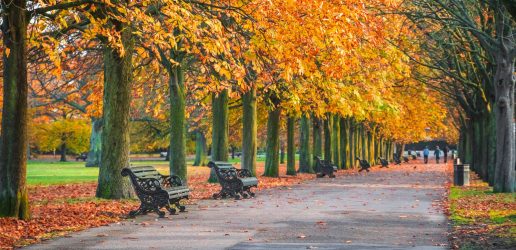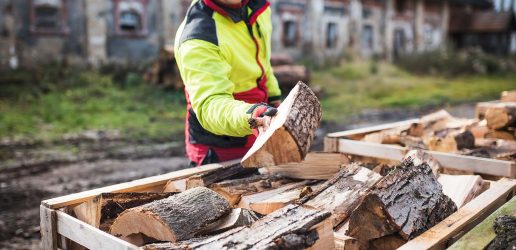New research has been published which explores how to enable and encourage access to woodlands for diverse members of the public.
Access to greenspace, including woodlands, has repeatedly been found to vary. As a result, the research focused on five underrepresented groups.
These were people:
- who identify as being in poor health
- with disabilities
- from ethnic minority backgrounds
- who identify as LGBTQIA+
- on lower incomes.
Liz O’Brien, Principal Social Scientist at Forest Research explained: “There are many factors which can impact people’s access to woodlands. This could be distance, cost, woodland quality, infrastructure or facilities. Access to woodlands is also affected by other wider and more intangible factors such as awareness, sense of belonging, confidence and perceptions of risk.”

The research, which was funded by Defra’s Nature for Climate Fund, found significant differences in rates of public access between demographic groups, with travel time and mode of transport having a significant impact. It also highlighted that encouraging people to visit woodlands and fostering feelings of belonging through community engagement are important for access, because personal needs, recreational interests, and motivations may vary.
In addition, tensions were identified between the preferences of different participants. For example, between those who wish for naturalistic spaces versus more facilities and infrastructure, desire for safety versus greater privacy, and desiring targeted activities versus not feeling different to others. Other tensions related more to financial sustainability under existing funding models, for example, many people expressed a desire for continued free access and free or subsidised transport or parking while also requesting greater site spending on facilities, infrastructure and services.
Recent News
View All news
Seventeen coniferous tree species show early promise for future commercial timber production in the UK
Researchers have set up a network of nine large scale experiments across the UK to test the suitability of 17 tree species as potential alternatives for future commercial timber production.
Forest Research are looking for people involved in the harvesting, processing, transport, import, or trade of firewood in Scotland to complete an important survey.

New guide to help local authorities conduct a people survey on the social value of their treescapes
A new step-by-step guide to help local authorities, charities and civic societies carry out a people survey to understand social and cultural values related to trees in their area, is now available.

Seventeen coniferous tree species show early promise for future commercial timber production in the UK
Researchers have set up a network of nine large scale experiments across the UK to test the suitability of 17 tree species as potential alternatives for future commercial timber production.
Forest Research are looking for people involved in the harvesting, processing, transport, import, or trade of firewood in Scotland to complete an important survey.

New guide to help local authorities conduct a people survey on the social value of their treescapes
A new step-by-step guide to help local authorities, charities and civic societies carry out a people survey to understand social and cultural values related to trees in their area, is now available.

